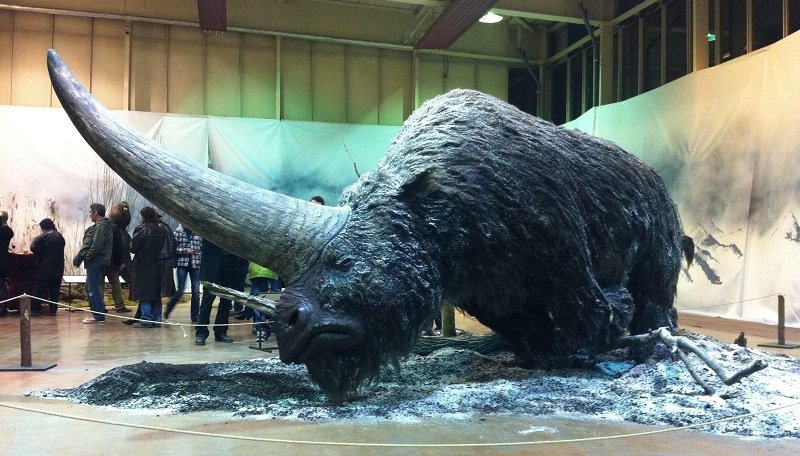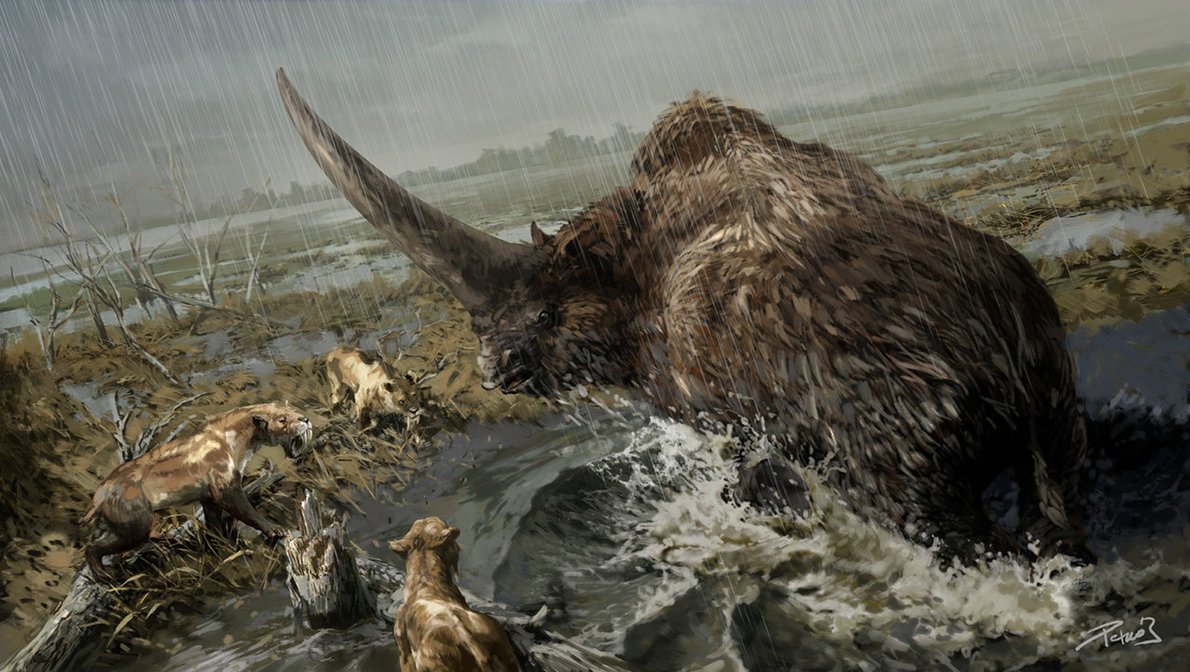Webster's dictionary defines ‘rich’ as “having abundant possessions and especially material wealth”. Now multiply that by the highest number you can think of and we have Sree Padmanabhaswamy Temple in Thiruvananthapuram, Kerala. How else do you plan to describe the world’s richest temple?
The 8th century Sree Padmanabhaswamy Temple is one of the 108 temples in India dedicated to Lord Vishnu. In this temple, you will find Lord Vishnu reclining on the hooded serpent Anantha.
It was during the time of King Marthanda Varma that this temple saw a major renovation. What we see today is the result of the meticulous renovation work on the ancient temple. The devout King Marthanda Varma took it upon himself and the royal family to look after the temple and the people of the state/kingdom. This was followed by the tradition of Thripadidanam, the donation to the temple and its deity. The last Maharaja of Travancore Maharaja Sree Padmanabha Dasa Sree Chithira Thirunal Bala Rama Varma, in 1965, formed the Sree Padmanabha Swamy Temple Trust to continue religious offerings and donations.
To this day, the temple is run by a trust headed by the royal family. The donation is not confined to those residing in the state, it can be from anywhere and anyone. Though entry to the temple is only allowed to the Hindus. And it is because of this donation that we are here discussing this.
Back in June 2011, as a result of a petition filed in the court seeking transparency in the management of the temple and the subsequent investigation of the temple complex, six subterranean vaults were found inside the Padmanabhaswamy temple. They were subsequently named vaults A, B, C, D, E, and F. Out of the six, they managed to open five, from which came out items like gold coins, statues, jewelries, precious stones, crowns and even thrones made of gold! The collection turned out to be the largest ever recorded collection of items of gold and precious stones.
It must have been a mammoth task to inventory whatever they could. Several guesses were made by people from all over the world because the full detail of the inventory was never revealed. Sad day for the curious cats!
Out of the six vaults, only five were opened after a lot of struggle with the mega locks which successfully kept the vaults hidden away from the world. Vault A had most of the treasures out of the five open vaults. When all the items were combined, it was a mind-boggling amount of gold and other precious items. Some of the findings were: 4-foot high and 3-foot wide solid pure-golden idol of Mahavishnu studded with diamonds and precious stones; solid gold throne which was meant to accommodate a 18-foot idol of the deity; thousands of pure gold chains, one of which was 18-foot long; sacks full of gold coins from Roman Empire and the medieval period. And believe me, this is not even the tip of the iceberg. It is not possible to give an exact number, such was the amount of treasures that came out from the vaults that were opened.
A public interest petition was filed in the Supreme Court of India for proper assessment of the wealth and maybe a change of management. However, in 2020, the royal family won the fight and they remain the sole authority over the management of the temple and everything that comes with it.
Now, the unopened one–Vault B–brings us to the next part of our story. As per various news reports, Vault B could never be opened, no matter how hard they tried. On top of that, the temple management committee were reluctant to even do something about it, not because of the hard work, but because it is believed that the Vault B is guarded by some supernatural powers. It was also said that anybody who attempts to open the mysterious vault will be inviting some serious troubles.
Nobody knows where these stories came from but it is also believed that whatever is behind the door of Vault B, it is guarded by venomous snakes, vampires and supernatural powers. So Indiana Jones!
As it is a common practice with unknown things and entities, stories get created, mostly outlandish and some downright creative. One such creative story about the mysterious Vault B is that somehow the mysterious vault opens out to the Arabian Sea. This version of the story exists because, apparently, some temple authorities tried to open the vault’s door when all of a sudden they heard sounds of waves crashing. They obviously retreated and gave up.
Venomous snakes or the rough waters of the Arabian Sea, this we have no way of knowing. What we know as of now is that the temple’s treasure has been there for several thousands of years. Right from the kingdoms such as the Cheras, the Pandyas, the Pallavas, the Cholas, and many more, they all have been donating generously to Sree Padmanabhaswamy Temple. How much wealth is too much wealth? And all of these have been going on for thousands of years. It’s safe to say that the wealth and mysteries of Sree Padmanabhaswamy Temple is unfathomable.

















